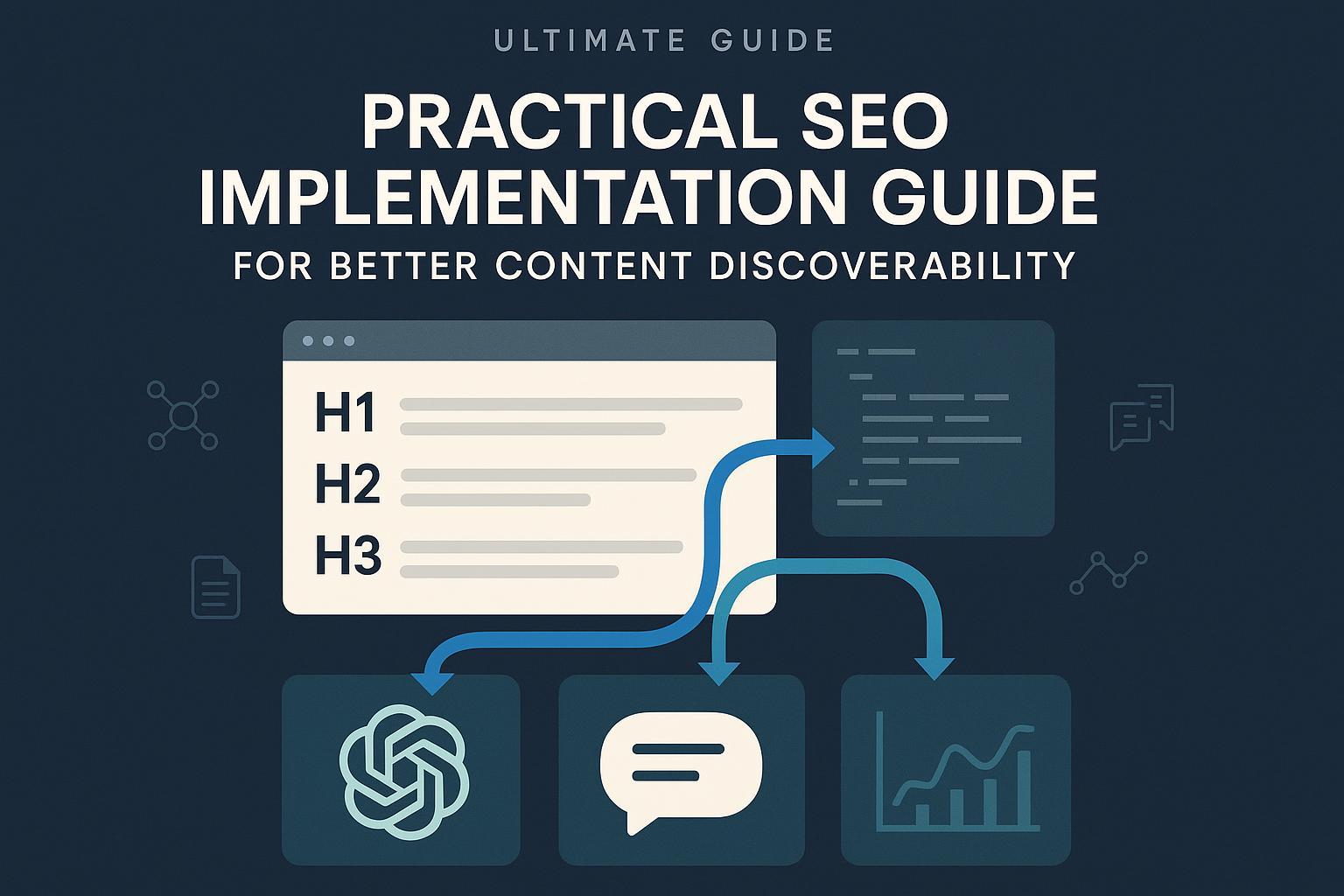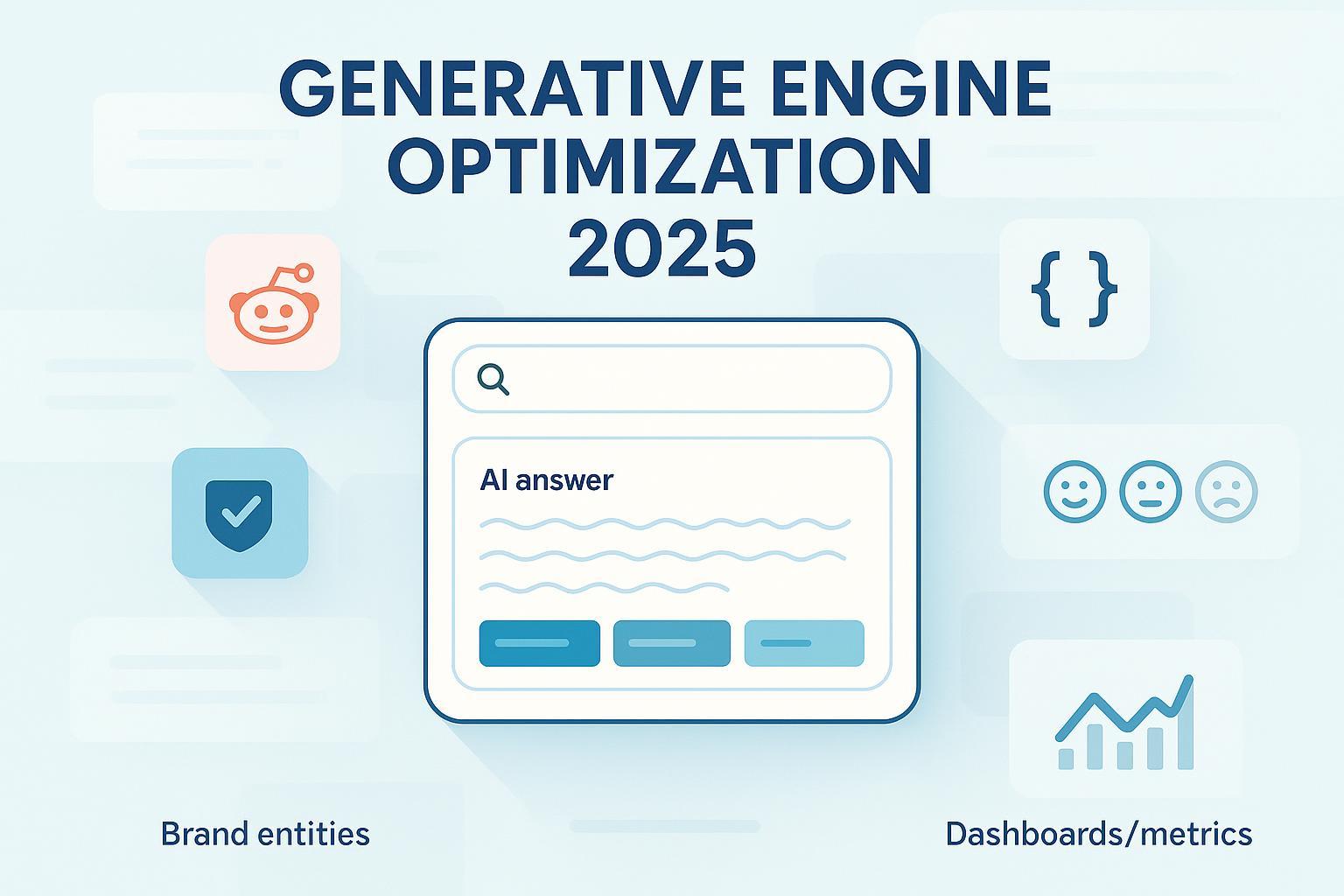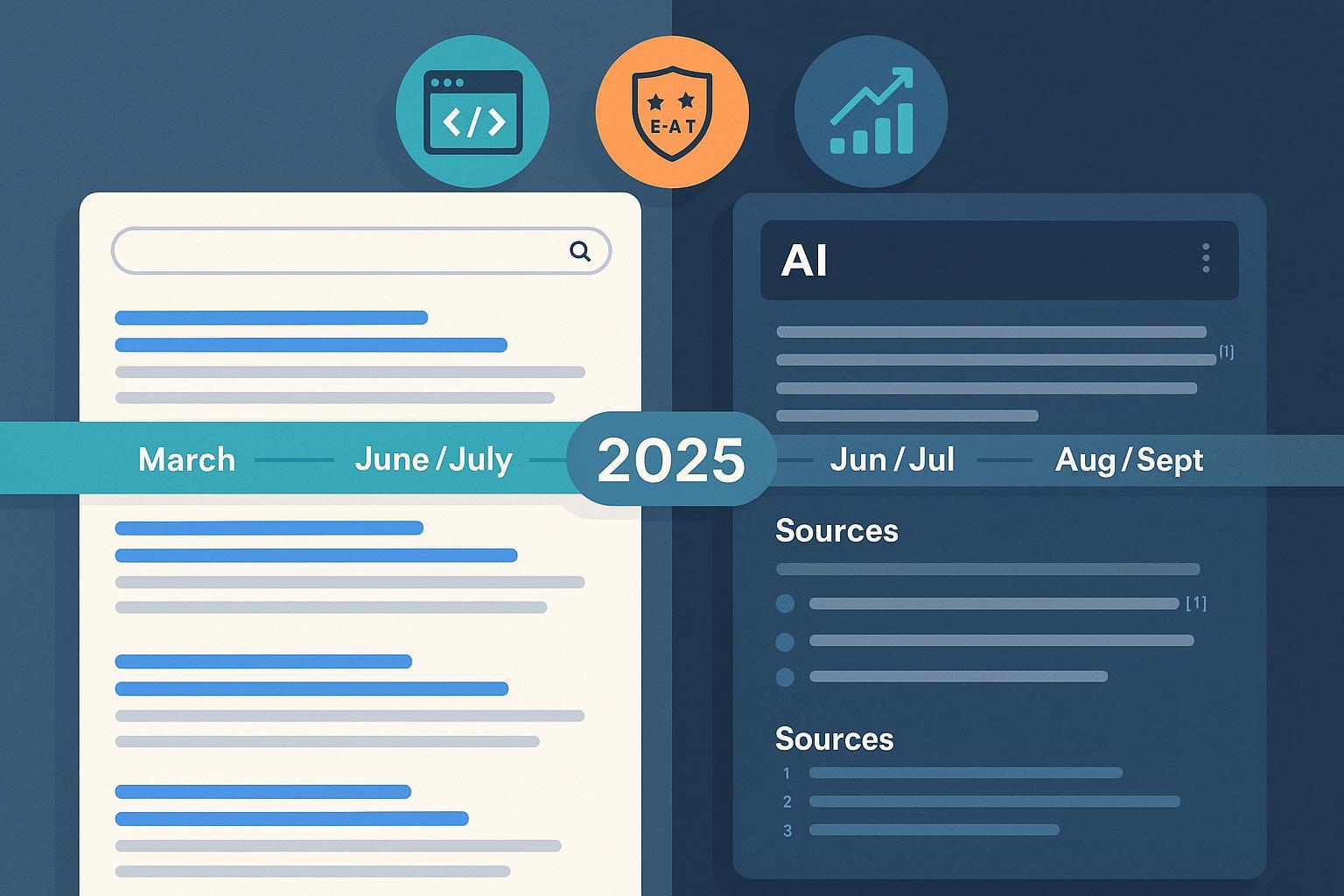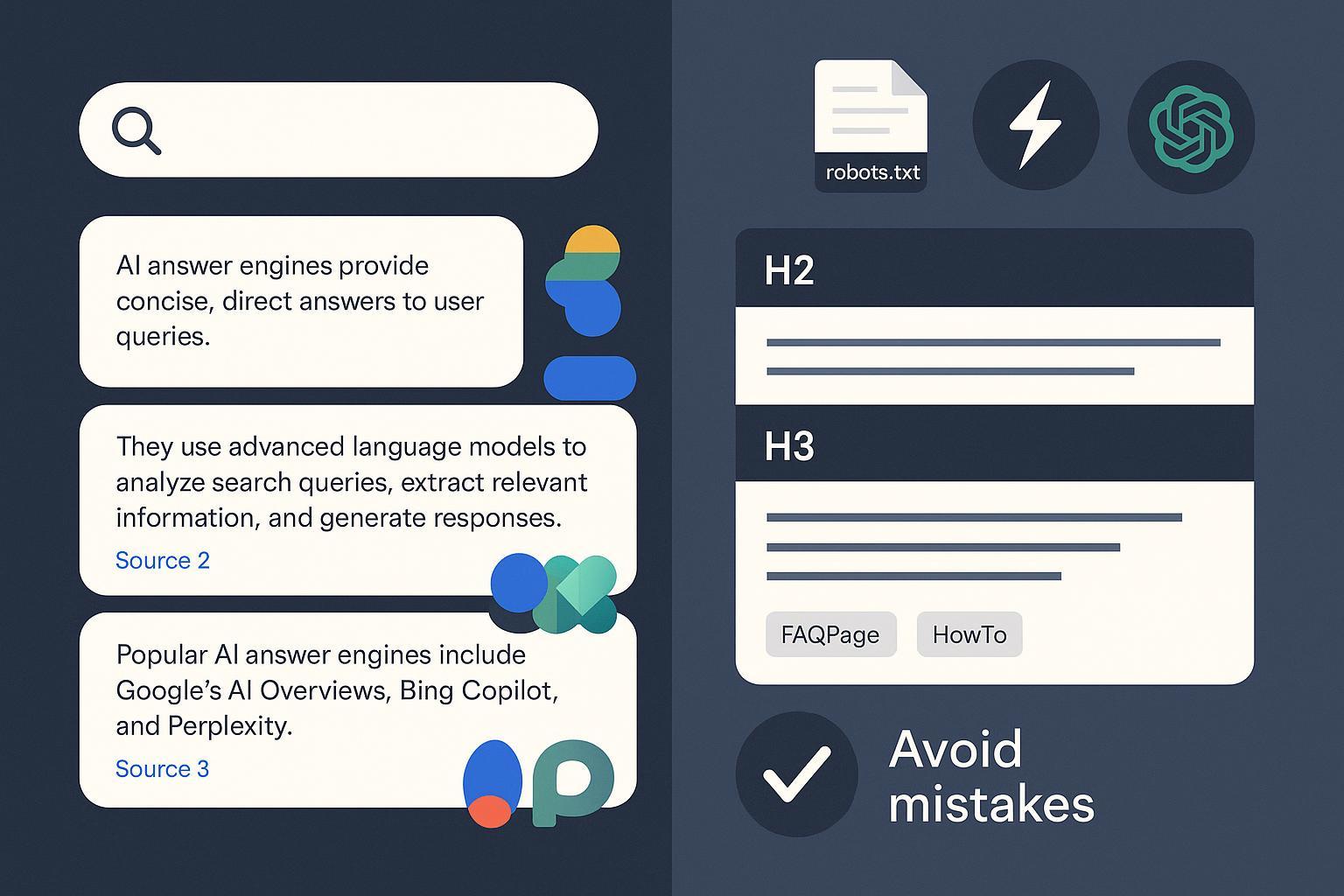Influencer Marketing Ultimate Guide: Strategies, ROI & Compliance
Master influencer marketing with this ultimate guide—strategies, ROI calculators, compliance tips, and real case studies. For brands, marketers, and agencies. Start now!

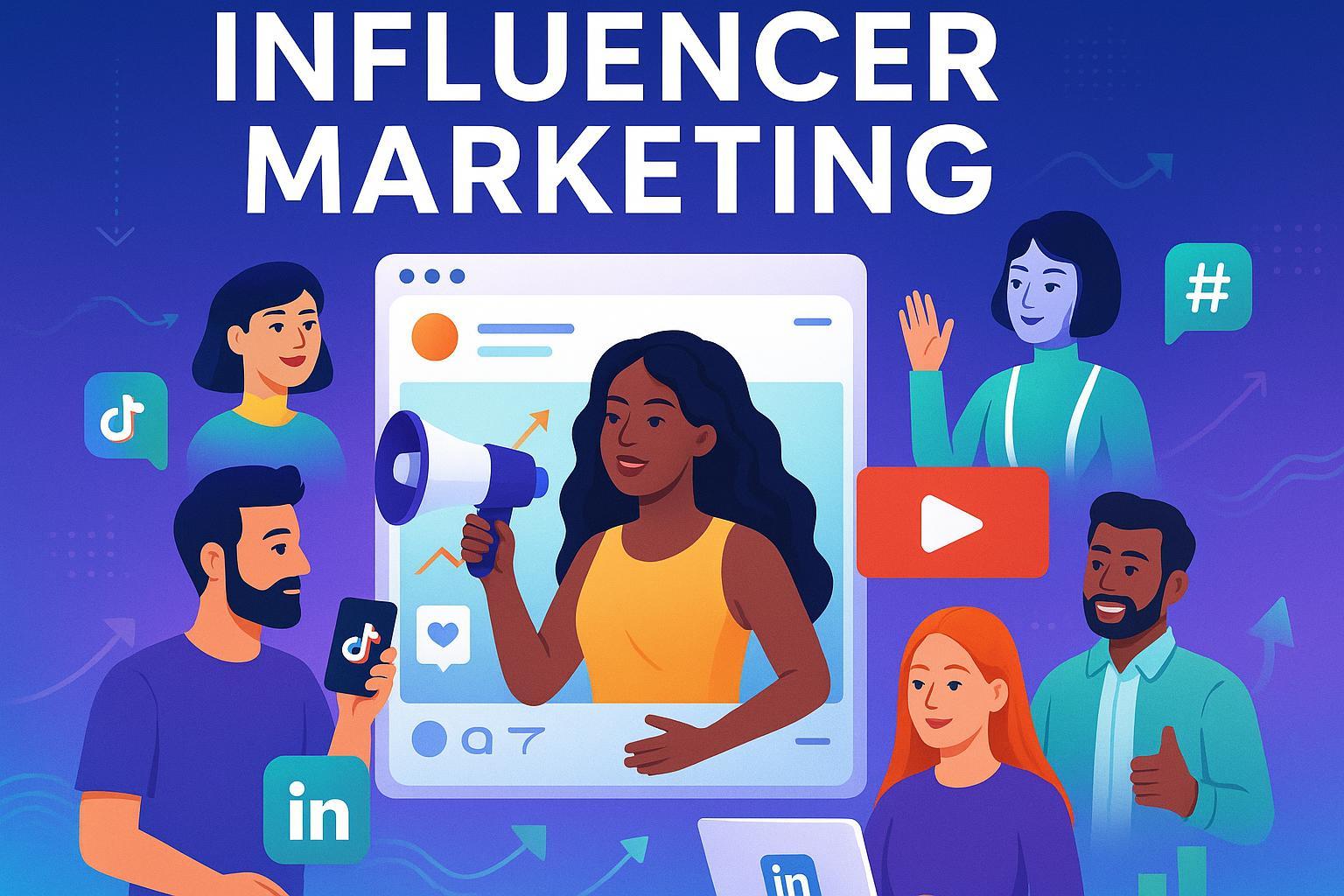
Table of Contents
- Introduction: The Power and Evolution of Influencer Marketing
- Fundamentals: What Is Influencer Marketing, and Why Does It Matter?
- Types and Tiers of Influencers Explained
- Strategic Campaign Planning: From Goals to Contracts
- Campaign Execution and Content Creation
- Measurement, Analytics, and Proving ROI
- Compliance, Ethics, and Risk Management
- Emerging Trends & Innovations
- Case Studies and Real-World Best Practices
- Resources, Downloadables, and Appendices
- FAQ: Your Most Pressing Influencer Marketing Questions
- Conclusion: Your Roadmap to Influencer Marketing Excellence
1. Introduction: The Power and Evolution of Influencer Marketing
Influencer marketing is not just a buzzword—it's an essential pillar of modern digital strategy. As social media ecosystems have matured, authentic human voices outperform display ads, and brands now compete to partner with the voices that shape their communities and drive trusted conversations. In 2024, influencer marketing is a $24 billion global industry (Statista), projected to exceed $30 billion by 2025. Whether you’re a seasoned marketer or just starting out, this comprehensive guide delivers the strategies, tools, case studies, and compliance checklists you need to succeed in the influencer-first era.
Who should read this?
- Digital marketers (beginner to expert)
- Brand managers and business owners
- Agencies, marketing students, aspiring influencers
What you’ll gain:
- Complete understanding of modern influencer marketing and its business impact
- Step-by-step planning, execution, and measurement frameworks
- Global compliance, risk, and crisis management essentials
- Downloadable resources and actionable templates
- Real campaign data, platform strategies, and cutting-edge trends
2. Fundamentals: What Is Influencer Marketing, and Why Does It Matter?
2.1. Definition & Core Principles
"Influencer marketing is a social media marketing approach that leverages endorsements and product mentions from individuals (influencers) with devoted followings, niche authority, and real engagement to drive brand results." — Sprout Social, 2024
2.2. Evolutionary Timeline
- 2000s: Celebrity endorsements and early blogger partnerships
- 2010s: Rise of Instagram, democratization of influence, micro- and nano-influencer emergence
- 2019–Today: Emphasis on authenticity, cross-platform strategies, advanced analytics, AI-driven matching, integration with e-commerce and B2B
2.3. What Makes Influencer Marketing So Effective?
- Humanizes brand messaging—71% of consumers trust peer recommendations (Nielsen)
- Penetrates niche audiences and communities
- Powers word-of-mouth at scale, with measurable ROI ($5.78 return per $1 spent, average)
- Delivers higher engagement and conversion than traditional ads(Impact.com)
2.4. Theoretical Foundations
Modern influencer marketing is built on social proof, network effects, and the psychology of trust (Shopify). Campaigns thrive with clear targeting, authentic creator relationships, and measurable results.
3. Types and Tiers of Influencers Explained
| Tier | Typical Follower Range | Core Advantages | Best Use Cases |
|---|---|---|---|
| Mega-influencers | 1M+ | Incredible reach, pop culture | Brand launches, virality |
| Macro-influencers | 100K–1M | Niche authority, strong engagement | Product launches, B2C, B2B Thought Leadership |
| Micro-influencers | 10K–100K | Highest trust, niche expertise, best engagement rates | Community building, repeat engagement |
| Nano-influencers | 1K–10K | Hyper-local, highly relatable audiences | Grassroots advocacy, product testing |
| AI/Virtual Influencers | Variable | Scalable, always-on content, experimental branding | Gen Z campaigns, futuristic brand positioning |
3.1. Differences in Cost, Performance & Suitability
- Performance: Micro/nano often outperform mega in engagement (avg. 4–8% vs. 1–2% for mega) (Hootsuite)
- Cost: Mega-influencer posts can cost $50,000+; micro/nano often effective with product-only compensation
- B2B/LinkedIn: Thought-leaders, industry consultants, and content creators now drive B2B campaigns (LinkedIn Marketing Blog)
- Emerging class: Virtual/AI influencers and multidisciplinary creators are redefining authenticity and brand partnerships (Statista)
3.2. Platform-Specific Landscape
- Instagram: Most popular, visual storytelling, diverse influencer types
- TikTok: Viral video formats, highest Gen Z engagement
- YouTube: Long-form, deep-dive content, product education
- Twitch: Live streaming, gaming, tech, events
- LinkedIn: B2B authority, niche experts, corporate thought leadership
Downloadable: Full Platform Comparison Table (Excel)
4. Strategic Campaign Planning: From Goals to Contracts
4.1. Goal Setting and Brief Creation
- Define objectives: Brand awareness, lead gen, sales, product education, advocacy
- KPIs: Engagement rate, conversions, reach, branded mentions, traffic lift
4.2. Influencer Discovery & Vetting
How to Find the Right Partners:
- Use platforms (AspireIQ, Impact.com, Upfluence, GRIN) for database discovery
- Check for authentic engagement (avoid fake followers; use tools like HypeAuditor)
- Review content relevance, brand safety, and prior partnerships
Vetting Checklist:
- Audience demographics match
- Engagement suspiciously high/low?
- Disclosure history
- Cross-posted content authenticity
- Brand alignment
4.3. Outreach and Relationship Building
- Craft personalized, value-driven outreach
- Allow creative autonomy
- Build long-term relationships—not just one-offs
4.4. Contracting and Compensation
- Contracts: Spell out deliverables, timelines, payment, disclosure rules, content rights
- Compensation Models: Flat fee, product-only, performance/CPA, licensing, revenue share
4.5. B2B, International, and Niche Considerations
- For B2B: Focus on LinkedIn, webinars, expert co-creation, long-tail nurture
- International: Adapt to regional regulations (see Compliance Section), tailor messaging by culture/platform
- Niche: Prioritize fit; micro/nano have high influence in focused verticals
5. Campaign Execution and Content Creation
5.1. Collaboration Models
- Creative Autonomy: Encourage organic message integration, avoid "ad speak"
- Co-Creation: Joint podcasts, webinars, challenges—boost engagement/trust
- Branded Content Guidelines: Provide frameworks, not scripts ( Example: Brand Content Style Guide)
- Approval Workflow: Streamlined review processes (one revision round, prompt feedback)
5.2. Campaign Timeline and Workflow Management
- Use project management tools (Asana, Trello)
- Set clear milestones (content calendar, key launch dates)
- Track live deliverables and reporting cadence
5.3. Real-Time Monitoring and Mid-Campaign Optimization
- Track KPIs: Engagement, reach, link clicks (UTMs), sentiment analysis
- Intervene if needed: Crisis, low performance—quick pivots to boost results (see Crisis Management Toolkit)
6. Measurement, Analytics, and Proving ROI
6.1. Key Metrics and KPIs
- Awareness: Impressions, reach, share of voice
- Engagement: Likes, comments, shares, saves
- Conversions: Clicks, signups, e-commerce sales, CAC
- Brand Lift: Surveys, search volume, sentiment change
6.2. ROI Calculation and Attribution
- Average ROI: $5.78 per $1 invested (Impact.com), though ROI varies by category and region
- Attribution Models: Direct, assisted, multi-touch
- Performance Dashboards: Use tools like Sprout Social, Hootsuite, or native analytics
Download: ROI Calculator Spreadsheet
6.3. Overcoming Common Measurement Challenges
- Multi-channel attribution: Track influencer content through all touchpoints
- UTM parameters and conversion pixels: Essential for linking posts to outcomes
- Aligning vanity and business metrics: Don’t confuse engagement with sales unless supported by data
- Use third-party measurement providers for independent validation (IZEA, CreatorIQ)
6.4. B2B and Niche Sector ROI
- B2B scenarios can achieve up to 520% ROI (AMRA & ELMA)
- Use custom KPIs (thought leadership engagement, content downloads)
7. Compliance, Ethics, and Risk Management
7.1. Global and Regional Regulations
- US (FTC): Any material connection must be disclosed—#ad/#sponsored is required (FTC Official Guidelines)
- EU (GDPR, country-specific rules): Data/privacy protection, explicit content guidelines
- APAC & LATAM: Varying disclosure and advertising norms (Insights by Hootsuite)
| Region | Disclosure Requirement | Penalties |
|---|---|---|
| US | Mandatory (FTC) | Up to $50k+ per infraction |
| EU | Mandatory, data rules | Varies—can be severe |
| APAC/LATAM | Increasing, varies | Fines, campaign blocks |
Download: Global Compliance & Disclosure Checklist (PDF)
7.2. Influencer Fraud and Authenticity Risks
- Types: Fake followers/engagement, campaign misrepresentation, bot networks
- Detection: Use tools like HypeAuditor, direct audience surveys (Sprout Social)
- Contracts: Include fraud clauses and termination triggers
7.3. Brand Safety and Crisis Management
Common Risks:
- Influencer scandals (personal or political controversies)
- Sudden algorithm changes or platform bans
- Poor content moderation
Prevention and Response:
- Pre-screen influencers for risk
- Crisis escalation ladder (legal, PR, digital response)
- Pause/terminate contracts fast if risk emerges
- Post-mortems and learnings
8. Emerging Trends & Innovations
8.1. Generative AI and Virtual Influencers
- AI-driven matchmaking and content optimization (30% efficiency lift)
- Virtual/AI influencers for always-on, scalable brand presence (Statista)
8.2. Platform and Content Innovations
- Short-form/ephemeral video dominates (TikTok/Reels/Shorts)
- Live shopping and social commerce
- Cross-channel integration (omnichannel measurement)
8.3. New Monetization & Campaign Models
- CPA, licensing, revenue share models outpacing flat fees
- Always-on, community-led partnerships replacing short-term campaigns
8.4. B2B & Vertical Expansion
- Podcasts, webinars, and LinkedIn thought leadership in B2B
- Industry-specific playbooks in health, finance, SaaS, education
8.5. Compliance and Regulation
- Global push for tougher data, ad, and influencer laws—stay updated
9. Case Studies and Real-World Best Practices
9.1. Success Stories
- SAP’s Tech Thought Leadership (B2B): Influencers drove 50% of event mentions (over 1M reach, primarily executive audiences)
- PwC LinkedIn Campaign: 85M+ impressions, 1.7M+ engagements
- Adobe’s Micro-Influencer Execute: Community tutorials, record engagement with niche creators
- B&Q UK Home Improvement: Micro-influencers delivered 283% above engagement targets (Shopify)
9.2. Lessons from Failures
- Fyre Festival: Ignored due diligence, lack of transparency, FTC violations
- Influencer fraud scandals: Fake metrics, bots, noncompliance fines—damaged brands
- Industry-specific failures: Misalignment in messaging, poor crisis protocols
9.3. Downloadable Best Practice Resources
- Influencer Vetting Worksheet (PDF)
- Complete Campaign Planning Checklist (XLS)
- B2B Influencer Playbook (PDF)
10. Resources, Downloadables, and Appendices
10.1. Master Resource List
- FTC Disclosure Guide: https://www.ftc.gov/business-guidance/resources/disclosures-101-social-media-influencers
- Statista Influencer Marketing Reports: https://www.statista.com/topics/2496/influencer-marketing/
- Impact.com Benchmarks & Tools: https://impact.com/partnerships/ultimate-guide-to-influencer-marketing/
- HypeAuditor Fraud & Engagement Analytics: https://hypeauditor.com/
- Smartsheet Templates: https://smartsheet.com/marketing-templates
- Hootsuite Platform Guides: https://blog.hootsuite.com/influencer-marketing/
10.2. Downloadables & Tools
- Campaign Brief, Vetting Worksheet, Campaign Planner, Compliance Checklist, Contract Sample, ROI Calculator (all links above)
- Influencer Scoring Sheet
- Disclosure Hashtag List (PDF)
- Crisis Management Escalation Flow
10.3. Visual Aids & Infographics
11. FAQ: Your Most Pressing Influencer Marketing Questions
Q1: What’s the difference between affiliate and influencer marketing?
Affiliate marketing is primarily transactional (commission-driven sales); influencer marketing focuses on brand storytelling, community, trust, and can drive multiple business outcomes beyond just sales.
Q2: How can I avoid fake influencers and fraud?
Use analytics tools like HypeAuditor to check for fake followers, review historic engagement data, and always vet an influencer’s audience and content alignment before contracting.
Q3: What if my campaign goes wrong?
Have a crisis management flow in place (see resources above), act quickly with PR/legal for contract breaches, be transparent, and always conduct a campaign post-mortem.
Q4: Which platform is best for my brand?
It depends on your audience. Instagram and TikTok for B2C/lifestyle, LinkedIn for B2B, YouTube for depth, Twitch for gaming/events. Always pilot and measure.
12. Conclusion: Your Roadmap to Influencer Marketing Excellence
The influencer marketing ecosystem is more powerful—and more complex—than ever. To win, focus on strategy and authenticity, invest in measurement and compliance, equip yourself with the right tools (see above), and be prepared for ongoing change. Whether you’re launching your first campaign or scaling enterprise programs, this guide is your blueprint for success.
Ready to start? Download the full campaign checklist and templates to accelerate your next influencer campaign. Stay informed—review regulatory updates and platform innovations regularly.
Ultimate Guide Checklist
- [x] Definitions and theoretical foundations with references
- [x] Comprehensive influencer tier and platform breakdowns
- [x] Step-by-step campaign planning, execution, and measurement
- [x] In-depth compliance/global regulatory coverage
- [x] Real-world best/worst case analysis
- [x] Downloadable templates, checklists, and calculators
- [x] Industry benchmarks, authoritative links, and infographics
- [x] Emerging trends, AI, and future-proof tips
- [x] FAQ and actionable conclusion
References
- Statista: Influencer Marketing Industry
- FTC Disclosure Resources
- Impact.com Influencer Marketing Guide
- Sprout Social Insights
- Shopify Influencer Marketing
- Hootsuite Influencer Guides
- AMRA & ELMA B2B Campaign ROI
- Smartsheet Marketing Templates
This guide is updated for 2024–2025. Bookmark this page and revisit for the latest updates, templates, and trends!


